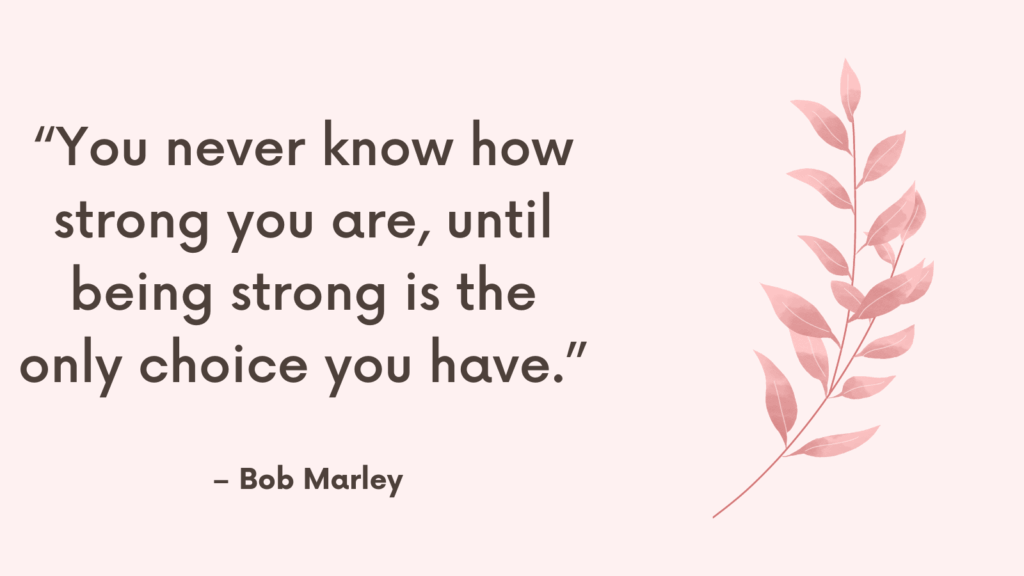Your home should be a place where you feel at ease, but if it’s cluttered or chaotic, it can contribute to stress.
By creating a calm, organized space, you can foster relaxation and improve your overall well-being.
Here are some practical ways to transform your home into a stress-free sanctuary.
How to Create a Calm Home Environment to Reduce Stress?
1. Declutter and Organize Regularly
Clutter can create visual and mental noise, making it harder to relax. Organizing your space and removing unnecessary items helps create a sense of order and calm.
– How to Practice: Start by tackling one room or area at a time, sorting items into categories like “keep,” “donate,” and “discard.” Regularly set aside time to tidy up, especially in high-traffic areas like the kitchen or living room, to maintain a peaceful space.
Related: 35 Self Care Saturday Ideas To Try This Weekend
2. Embrace Natural Light and Fresh Air
Natural light has been shown to improve mood and reduce stress. Fresh air can also enhance relaxation and help clear your mind.
– How to Practice: Open windows daily to let in sunlight and fresh air, especially in the morning. Position furniture to maximize natural light, and consider sheer curtains to soften the light while keeping your space bright and airy.
Related: Best 15 Stress Relief Toys For Your Wellbeing
3. Incorporate Calming Colors
Colors have a powerful impact on mood, and certain shades can promote calmness. Neutral tones like beige, soft blues, and greens are often associated with tranquility.
– How to Practice: Use soft, calming colors on walls, decor, or bedding. You don’t need to repaint your home—adding neutral-colored pillows, throws, or artwork can create a soothing atmosphere without a major renovation.
Related: Best 21 Evening Journal Prompts To Help You Relax & Unwind
4. Add Elements of Nature
Nature-inspired decor, like houseplants, flowers, or natural materials, can bring a sense of peace and relaxation indoors.
– How to Practice: Place a few low-maintenance plants, like succulents or snake plants, around your home. Add natural textures, like wooden furniture or woven baskets, to create a grounding, earth-inspired feel.
5. Create a Tech-Free Zone
Constant screen time can add to stress, especially in spaces where you want to unwind. Designating tech-free areas in your home helps you fully disconnect and relax.
– How to Practice: Choose a room or space, like your bedroom or dining area, as a tech-free zone. Keep devices out of this area, focusing instead on books, conversation, or quiet reflection. This simple boundary helps you recharge without distractions.
Related: Top 45 Self Care Day Ideas at Home To Kickstart Your Self Care Ritual
6. Diffuse Calming Scents
Aromatherapy can have a significant impact on stress reduction. Scents like lavender, chamomile, and eucalyptus promote relaxation and improve mood.
– How to Practice: Use essential oil diffusers, candles, or incense with calming scents. Choose scents that personally resonate with you, and use them in spaces where you relax, like the bedroom or living room, for a comforting ambiance.
7. Incorporate Soft Lighting
Harsh lighting can be overstimulating and make it harder to relax. Soft, warm lighting creates a cozy, calming atmosphere that encourages rest.
– How to Practice: Replace bright, overhead lights with lamps, string lights, or dimmable bulbs. Use warm-toned bulbs to create a soft glow in the evening, helping your mind wind down before bed.
Related: How to Use Atomic Habits for Mental Health?
8. Establish a Dedicated Relaxation Area
Designating a specific area for relaxation signals to your mind that it’s time to unwind. This space can be used for meditation, reading, or any activity that calms you.
– How to Practice: Choose a quiet corner of your home and make it inviting with a comfortable chair, floor cushions, or a small rug. Add items you love, like books, journals, or a cozy blanket, to make this spot your personal relaxation oasis.
9. Play Calming Sounds or Music
Sound can influence mood and stress levels. Soft music, nature sounds, or white noise can help create a soothing environment and drown out distractions.
– How to Practice: Play soft, instrumental music or nature sounds, like rain or ocean waves, while relaxing. You can also use a white noise machine or app if you prefer subtle background noise to create a peaceful ambiance.
Related: Why You Can’t Pour From An Empty Cup? 8 Reasons
10. Keep Your Bedroom a Sanctuary for Rest
The bedroom should be a restful retreat, free of stress-inducing items. By simplifying and personalizing this space, you can promote better sleep and relaxation.
– How to Practice: Remove clutter, electronic devices, and work items from the bedroom. Use soft bedding, cozy blankets, and calming colors to make it feel like a sanctuary. Keep only restful or personal items here, like books or sentimental decor, to maintain a relaxing vibe.
11. Create Consistency with Daily Routines
Routines help bring predictability and comfort to your day, reducing stress in your environment. Consistent routines, like tidying up or lighting a candle, make your home feel nurturing and inviting.
– How to Practice: Establish small routines, like a 5-minute tidy-up each morning or lighting a candle each evening. These simple habits create a sense of order and calm, making your home feel more balanced.
Related: Best 30 Day Self Love Challenge (+FREE Worksheets PDF)

Conclusion
Creating a calm home environment involves small, intentional choices that make a big difference.
By incorporating these practices, you can turn your space into a peaceful sanctuary where you can recharge, unwind, and truly feel at ease.



